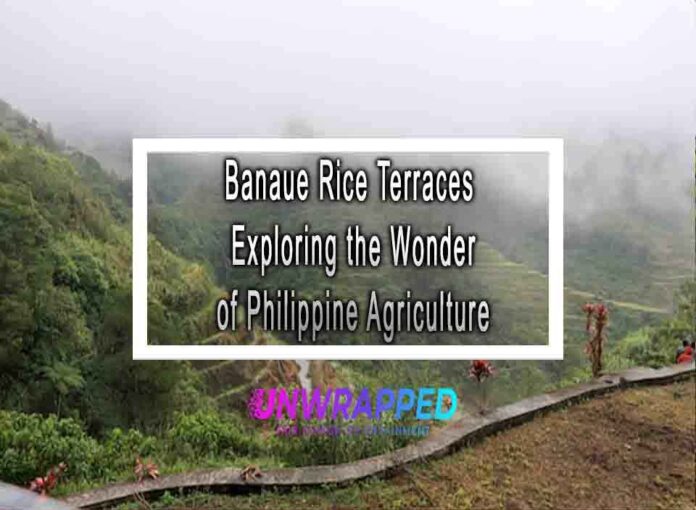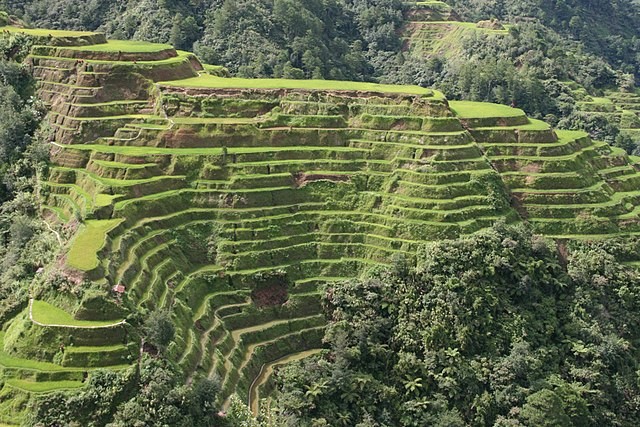The Banaue Rice Terraces, often referred to as the “Eighth Wonder of the World,” are a spectacular testament to the ancient agricultural engineering of the indigenous people of the Philippines. Here’s an exploration of the Banaue Rice Terraces and their wonder:
Key Features and Highlights:
- Location: The Banaue Rice Terraces are located in the northern part of Luzon, the largest island in the Philippines, specifically in the town of Banaue in Ifugao province.

- Rice Terraces Heritage: The Banaue Rice Terraces are part of the Rice Terraces of the Philippine Cordilleras, a UNESCO World Heritage Site. This cluster of terraces includes several rice terraces in different regions.
- Cultural and Historical Significance: The rice terraces were carved into the mountain slopes over 2,000 years ago by the indigenous Ifugao people using minimal equipment. They represent an incredible feat of engineering and a harmonious relationship between people and their environment.
- Terraced Landscape: The rice terraces are characterized by their stepped, terraced landscape, which follows the contours of the mountains. They create an intricate mosaic of rice paddies that have been cultivated for generations.
- Agricultural Heritage: The terraces are not only a visual wonder but also a vital agricultural resource. They are still actively farmed today and play a crucial role in supporting the livelihoods and food security of the local communities.
- Cultural Traditions: The Ifugao people maintain their traditional agricultural practices, including a rice cultivation system known as “muyong.” The rice terraces are central to their cultural identity.
- Breathtaking Views: The views from the Banaue Rice Terraces are simply breathtaking. Visitors can hike along the terraces, taking in the scenery and enjoying the serene beauty of this unique landscape.
- Hiking and Trekking: The area around Banaue offers numerous trekking opportunities, allowing visitors to explore the terraces, nearby villages, and the Cordillera mountains.
- Cultural Encounters: Tourists can engage with the Ifugao people, learn about their traditions, and even participate in rice planting and harvesting activities.
- Conservation Efforts: Conservation initiatives are in place to preserve and protect the rice terraces from erosion, modernization, and environmental challenges.
The Banaue Rice Terraces represent a remarkable fusion of natural beauty, cultural heritage, and sustainable agriculture. They are a must-visit destination for those interested in history, indigenous cultures, and breathtaking landscapes. Their enduring existence serves as a testament to the ingenuity of ancient agricultural practices and the value of preserving cultural heritage.











